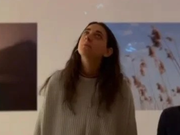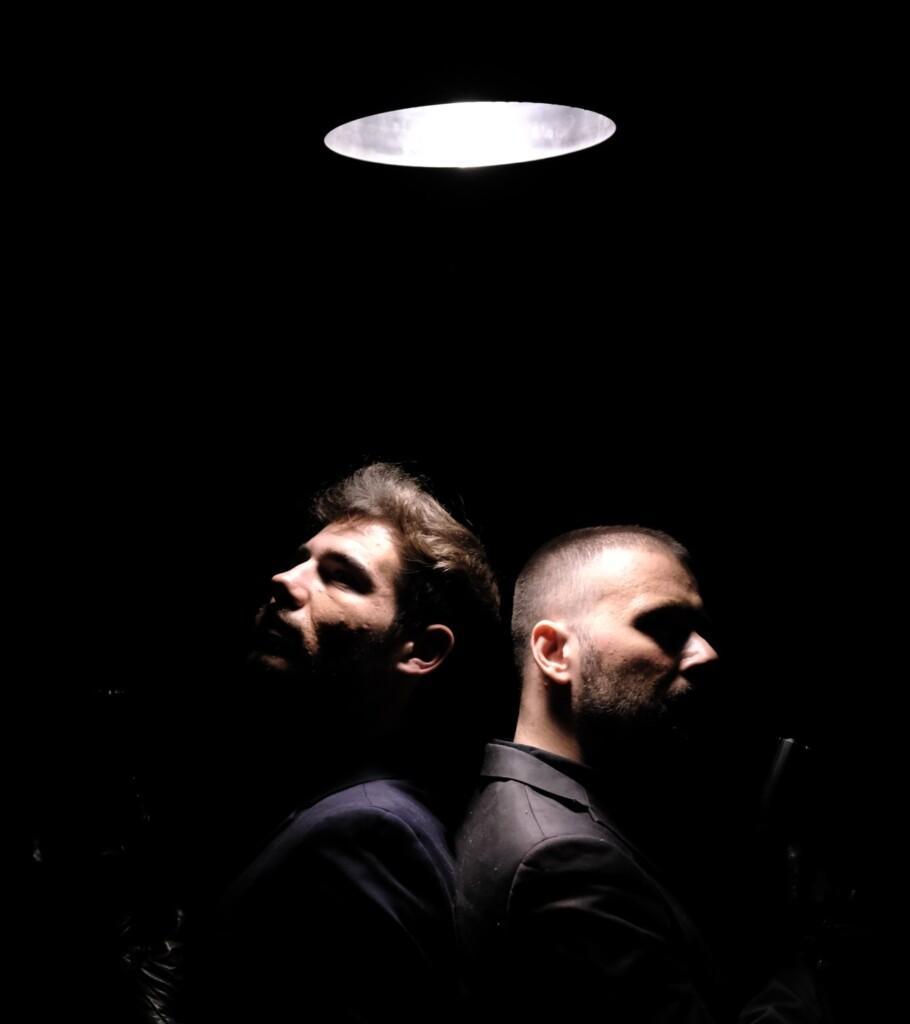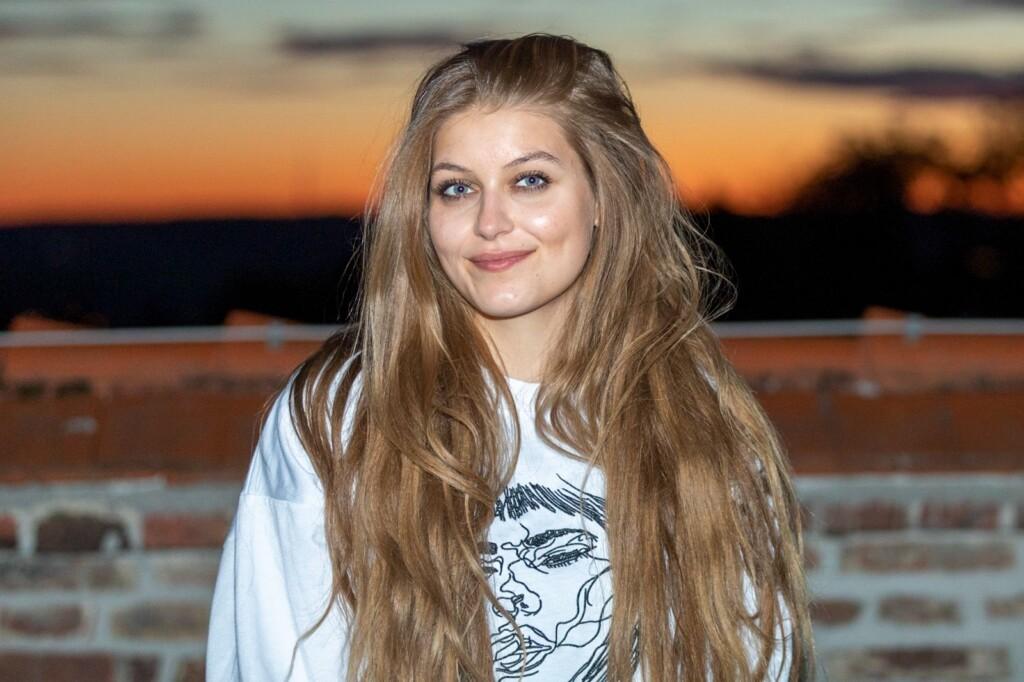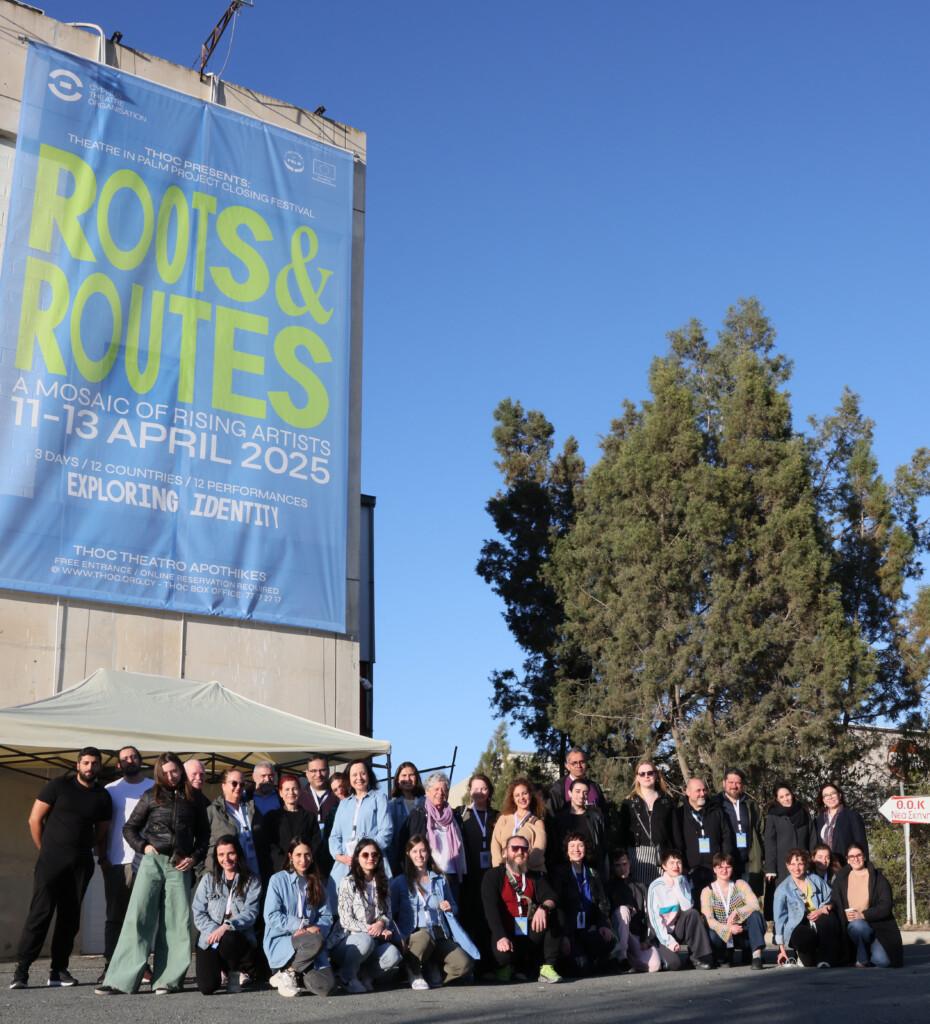Hybrid Residency: Marina’s Insights

The Hybrid Residency 2023 was an unforgettable journey, opening doors to creative possibilities I had never considered before. Imagine performing theatre on Zoom—was it live cinema, or was it digital theatre? What even is digital theatre? Where does the audience fit into this virtual space? These were the questions I grappled with during our seven-day stay in Stockholm.

A New Stage in a New Land
Ten strangers came together to create art, embarking on a collaborative journey to an unfamiliar city. There, we encountered twenty more strangers—our partners in creativity—through the virtual world of Zoom. Zoom became our stage, a new and challenging space to explore. It brought its own set of problems: delays, disconnections, and the ever-present question of how to bridge the gap between performer and audience in a virtual medium.
But this project wasn’t just about Zoom. It was about something bigger: three groups, in three separate locations, creating individual pieces that would ultimately merge into a cohesive, live online performance. Our challenge was to connect across physical and digital divides, building harmony and flow in a way that transcended the limitations of the medium.
The Blurring of Roles: Performer and Audience
For me, the most thought-provoking aspect of this experience was the blurred boundary between performer and audience. On Zoom, the audience wasn’t physically present. I couldn’t see them, couldn’t hear their reactions. Was I performing for the camera then? Not exactly.
In fact, the process redefined my role as a performer. To align with my partners in other locations, I had to listen carefully to their scenes on Zoom to prepare for my turn. This made me both performer and audience simultaneously. The same was true for my collaborators. We had to embrace this dual role, adapting to a virtual stage where screens replaced the shared physical space of traditional theatre.
Rediscovering Connection in a Digital World
Despite the challenges, the performance was a surprising success. We achieved something remarkable: a seamless flow between the acts that rivaled the rhythm of physical theatre. To make it work, we had to discover new forms of communication.
In this digital theatre, two elements emerged as crucial:
- Sound – Not spoken words, which could easily get lost in weak internet connections, but non-verbal sounds that resonated and carried meaning.
- Image – The movement of human bodies, the way we used motion and presence to create striking, communicative visuals.
These elements—sound and body—bridged the gap between performers and audience, telling the story in a way that felt alive and immediate, even on screen.

The Heart of Digital Theatre
However, working in this medium came with its own unique challenges. We constantly asked ourselves: What are we creating? Is it a video, a movie, or a theatre play? For me, the answer lay in the essence of theatre: being present in the moment, in the now.
Digital theatre, with its live, human performers, has the potential to be a new art form—a hybrid of tradition and technology. It challenges us to redefine presence, connection, and performance in an age where the boundaries of space and time can be crossed with a click.
Final Thoughts
The Hybrid Residency 2023 was more than just an experiment in online theatre. It was a profound exploration of what it means to perform, to connect, and to create in a digital age. As performers and audiences alike, we are discovering new ways to share stories, reimagining the very nature of theatre for the virtual stage. This journey has left me inspired and curious, eager to see where this evolving form of theatre will take us next.
CUBE



